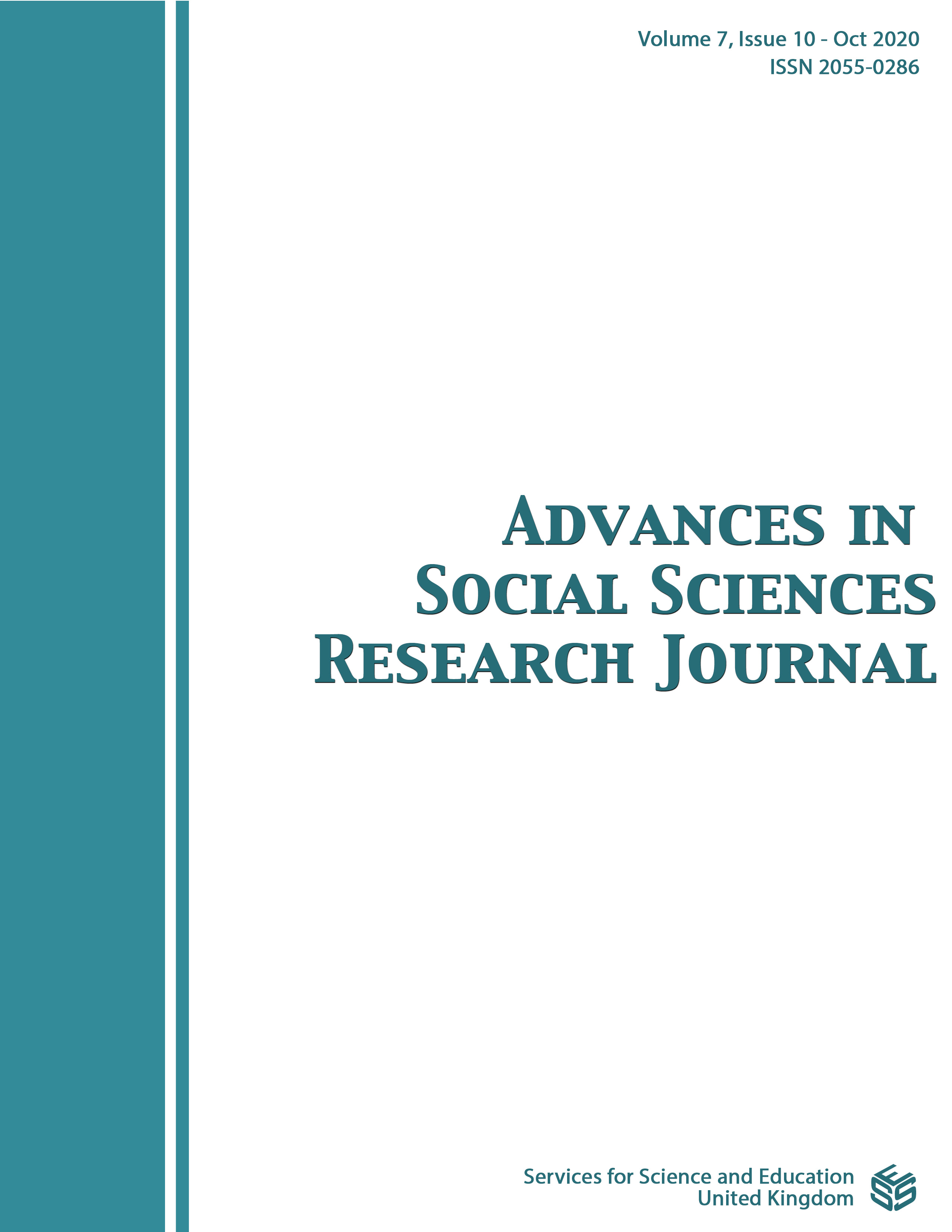The Effects and Implications of Mood on Moral Judgements
DOI:
https://doi.org/10.14738/assrj.710.9070Keywords:
Judgement, Self-reflection, Mood, States of Mind, Psychological FunctioningAbstract
Vladimir A. Lefebvre [1, 2] proposed an algebraic model of self-reflection that predicts individuals will judge ambiguous stimuli positively with a proportional frequency of .618. While a number of studies have empirically supported this prediction [3, 4], Anderson and colleagues [5] found only partial support for Lefebvre’s model. They moreover suggested that Schwartz and Garmoni’s States of Mind (SOM; [7]) model could potentially explain the disparate findings as well as the variability of positive judgements seen across individuals. Consequently, this study explored whether ratios of psychological functioning posited by the SOM model correspond with proportions of positive judgements of ambiguous stimuli (viz., pairs of pinto beans). Results revealed that, while Lefebvre’s predicted proportion of positive judgments was again replicated, individuals with relatively high positive affect were not more likely to rate greater proportions of the ambiguous stimuli positively.
References
[2]. Lefebvre, V. A. (1987). The fundamental structures of human reflexion. Journal of Social and Biological Structures, 10, 129-175. https://doi.org/10.1016/0140-1750(87)90004-2
[3]. Lefebvre, V. D. (1990). Choice without criteria of preference. In H. Wheeler (Ed.), The structure of human reflexion: the reflexional psychology of Vladimir Lefebvre. New York: Peter Lang. Pp. 113-114.Heneghan, C., et al., Characterization of changes in blood vessel width and tortuosity in retinopathy of prematurity using image analysis. Medical image analysis, 2002. 6(4): p. 407-429.
[4]. Anderson, J. A., & Grice, J. W. (2009). Replicating a simple study of asymmetry in human cognition. Perceptual and Motor Skills, 109, 577-580. http://dx.doi.org/10.2466/pms.109.2.577-580
[5]. Anderson, J. A., Ramirez, D., & Stephenson, D. (2012). Asymmetry in human cognition: further replication and extension. Perceptual and motor skills, 114(1), 185-188. https://doi.org/10.2466/20.22.PMS.114.1.185-188
[6]. Schwartz, R. M. (1997). Consider the simple screw: cognitive science, quality improve¬ment, and psychotherapy. Journal of Consulting and Clinical Psychology, 65, 970-983. https://doi.org/10.1037/0022-006X.65.6.970.
[7]. Schwartz, R. M., & Garamoni, G. L. (1986). A structural model of positive and negative states of mind: Asymmetry in the internal dialogue. In P. C. Kendall (Ed.), Advances in cognitive-behavioral research and therapy (Vol. 5, pp. 1–62). New York, NY: Academic Press.
[8]. Schwartz, R. M., Reynolds, D. F., Thase, M. E., Frank, E., & Fasiczka, A. L. (2002). Optimal and normal affect balance in psychotherapy of major depression: Evaluation of the balanced states of mind model. Behavioural and Cognitive Psychotherapy, 30, 439–450. https://doi.org/10.1017/S1352465802004058
[9]. Schwartz, R. M., & Grice, J. W. (2020). Positive ratios and psychological functioning: Reports of the theory’s death have been greatly exaggerated. Manuscript under review.
[10]. Watson, D., Clark, L. A., & Tellegen, A. (1988). Development and validation of brief measures of positive and negative affect: the PANAS scales. Journal of personality and social psychology, 54(6), 1063. https://doi.org/10.1037/0022-3514.54.6.1063
[11]. Schwartz, R. M., & Garamoni, G. L. (1989). Cognitive balance and psychopathology: Evaluation of an information processing model of positive and negative states of mind. Clinical Psychology Review, 9, 271-294. https://doi.org/10.1016/0272-7358(89)90058-5
Downloads
Published
How to Cite
Issue
Section
License
Authors wishing to include figures, tables, or text passages that have already been published elsewhere are required to obtain permission from the copyright owner(s) for both the print and online format and to include evidence that such permission has been granted when submitting their papers. Any material received without such evidence will be assumed to originate from the authors.






